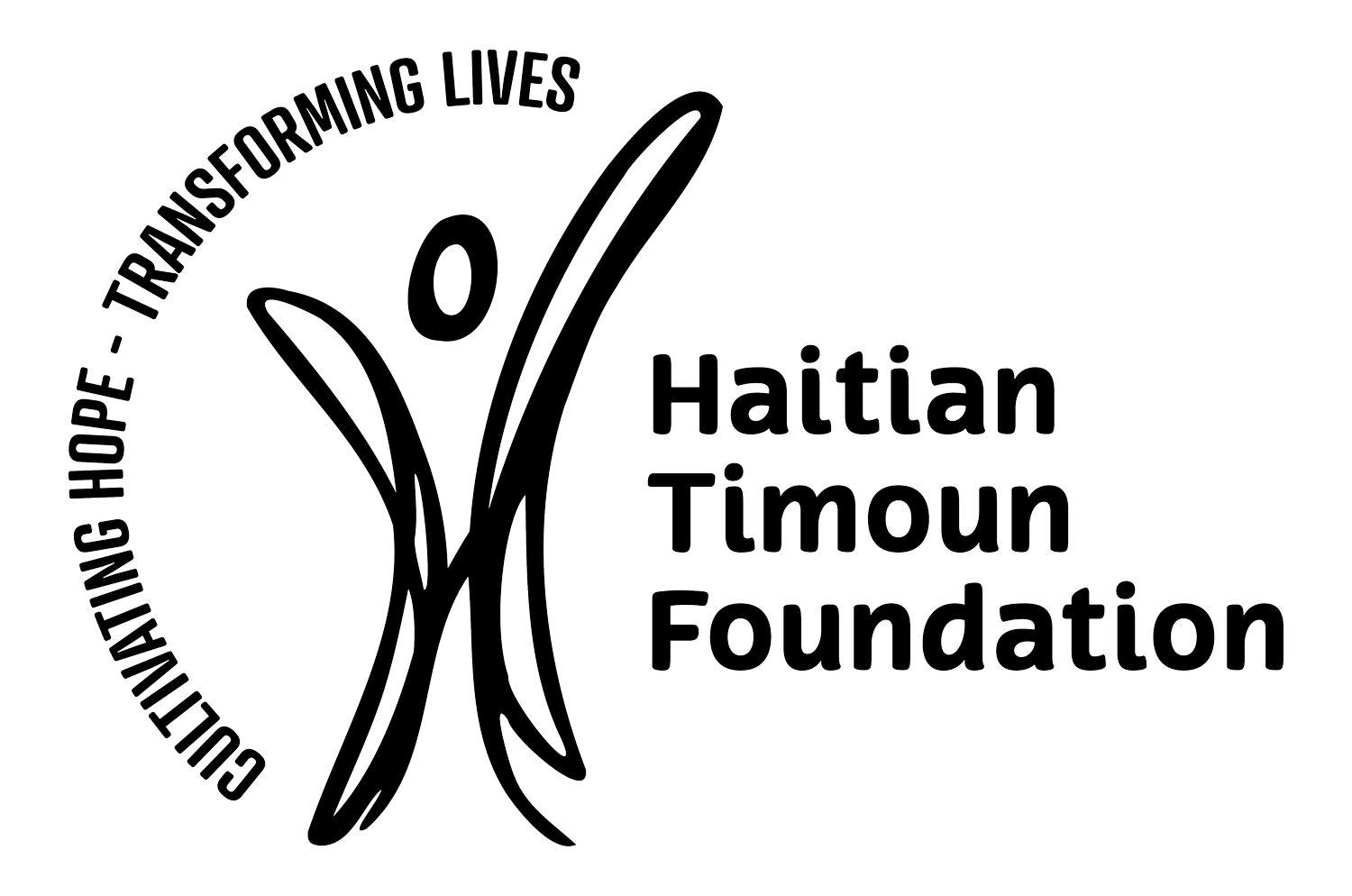Understanding The Roots From Which We Came
In 1997, Abiding Hope Church in Littleton, Colorado, the congregation where I served as lead pastor, was amid a significant building expansion project, a project that both stretched previous precedents of the ELCA’s Mission Investment Fund in funding such projects as well as the young and growing membership of the congregation. The project was a bold, and seen as risky by many, leap of faith.
As the reinforced concrete foundations were being placed, my wife, Harriet, and I took our first trip to Haiti to visit our son, Robert. He was serving in the Peace Corps as its first volunteer ever to live in Cayes Jacmel. It did not take long for the spirit of the Haitian people to seep deep into our bones.
We returned to Colorado and had a story to tell. The congregation had just finished a strategic plan. It called upon this congregation located in upscale suburbia to be a difference maker in the world. Central to the notion of making a high impact was the belief that the congregation would search and try to find a place on the planet where it could focus its resources in a big way.
The words of Jesus were taken to heart by this ten-year-old new mission start church. “To whom much is given, much is expected (Luke 12:48). Perhaps Haiti could be that placed of focused outreach that Abiding Hope knew it needed.
It was not long before a small team of people joined me on an exploratory trip to Haiti. With guidance and word of mouth referrals we visited all kinds of projects and initiatives, but one of those really captured our hearts – a fledging home for physically and mentally challenged children – the true throw-away children of Haiti – known as Wings of Hope.
We were not only captured by the spirit of the children but by its director, Luckner “Maya” Fond Rose, a former restavek who was raised by a faith-based home and had given his life to giving back. In the immediate weeks after our return from this trip Abiding Hope began to support Wings of Hope with specific projects of need.
This first exploratory group told their stories of Haiti and soon another group of us went to Haiti looking to fulfill the vision of making a high impact. We began to envision the formulation of a 501-c-3 entity whose focus would be bringing sustainable hope with dignity to the children of Haiti. We called the envisioned idea, The Abiding Hope Haitian Timoun Foundation.
On the American Airlines flight from Miami to Port-of-Prince we crafted a mission statement with a vision and guiding principles on the back of a barf bag. Those things would be our filter as we visited places and looked for partners to serve. In those days people like Lori Benson, Lori Mitchell, Cathy Jahde, and Rosemary Bennett traveled to Haiti with me and became champions for the vision.
In 2001 the congregation was in yet another large appeal. This time it was to build a discipleship training center. The appeal would be called Now is the Time for Our Children. The children that this center would serve would not only be those who lived in Littleton, site of what the world knows as Columbine. It would also be for the children of Haiti, because the congregation designated 10% of the project as funding to the newly formed foundation.
In the fall of 2001 the congregation and the vision faced a crisis. 911 happened. There were loud voices that advocated that we needed to stop the appeal and cease plans to break ground. The voices of fear were loud and convincing. The congregation had a decision to make. Do we heed the voices of fear and let fear own us? Or, do we boldly move forward with faith and hope? We chose to stand as a witness to the resurrection, break ground, and not look back.
In the chances and changes of life, there are critical decisions that prove to be monumental in their impact over time. As the timoun foundation mission expanded and the name was changed to simply, The Haitian Timoun Foundation, as partners, covenant communities, and donors from all over the country have joined the movement, that bold decision in the fall of 2001 continues to define the DNA of HTF.
HTF’s headquarters is now located in Ohio with a highly capable team of servants, and the movement is guided by a very talented international leadership team (board of directors). But it has been and always will be that bold, first-to-believe when others refused, character and tenacity that have steered HTF through earthquakes and hurricanes, and that have built a lifetime of transforming relationships between countless Haitians and USAmericans, young and old.
This time of Moving Mountains and marking twenty years of impact is just another piece of the journey to where the work of HTF and others usher forth a new day. On that new day, if one wants to go see the kind of dehumanizing poverty that defines much of Haiti, one will have to go to a museum to see it. Until then, we press on.
Pou tout moun kapab gen lavi!
Rev. Dr. Rick Barger
Founder



